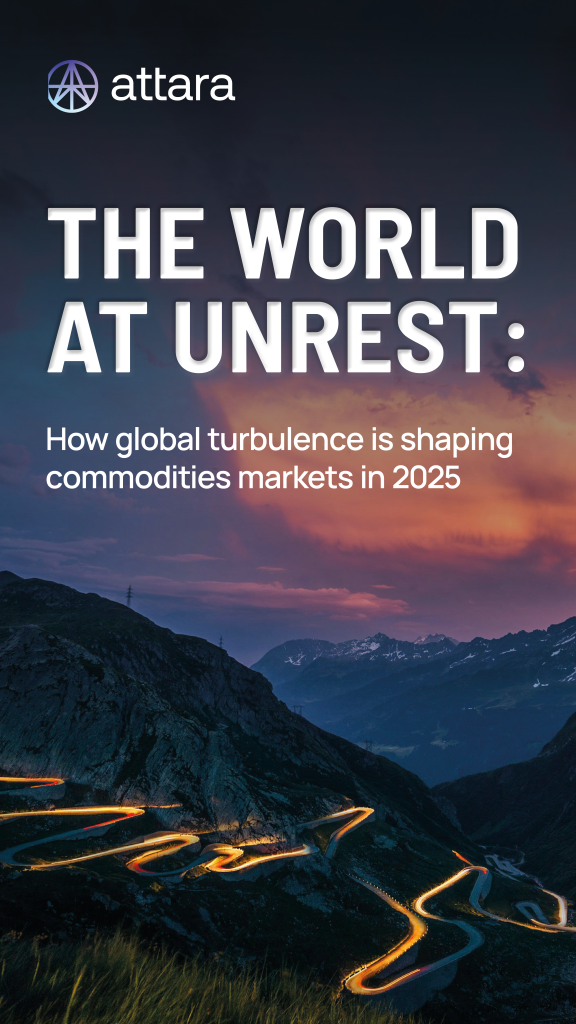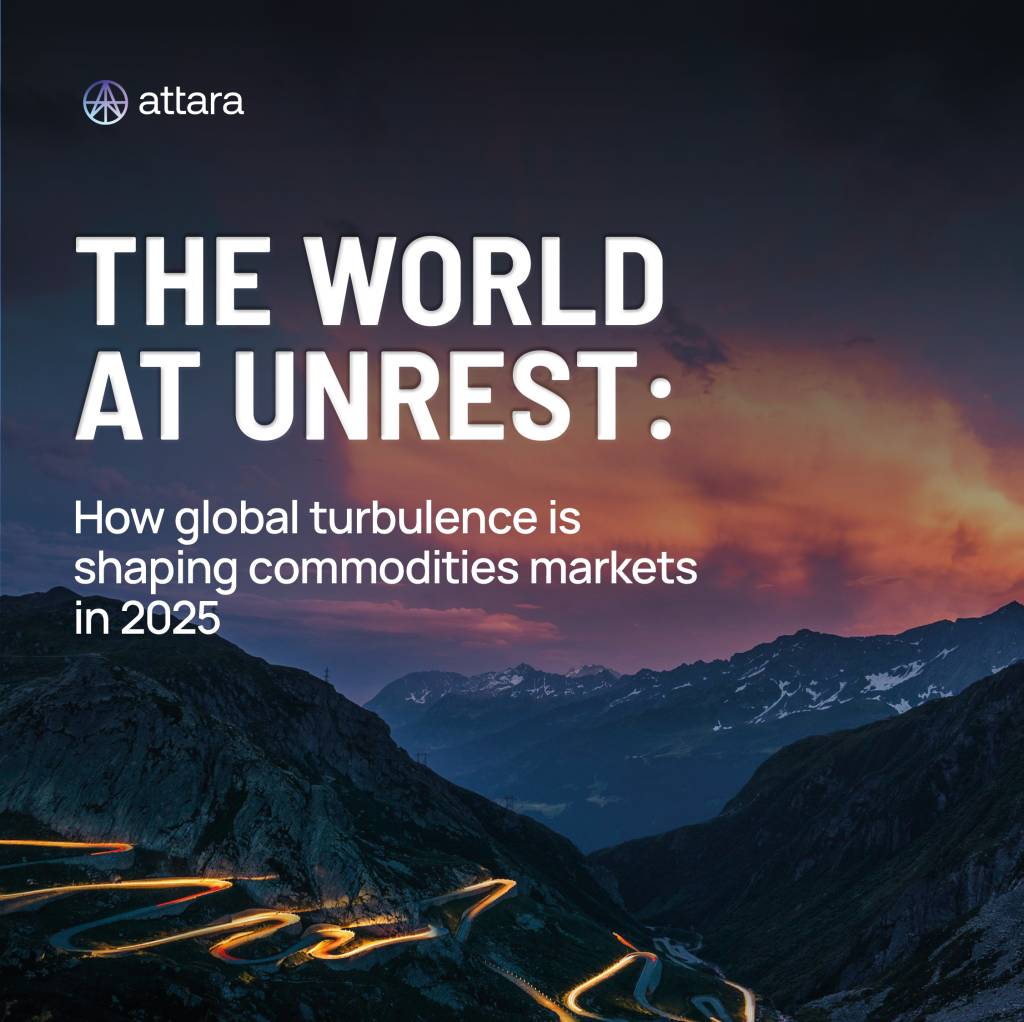THE WORLD AT UNREST: HOW GLOBAL TURBULENCE IS SHAPING COMMODITIES MARKETS IN 2025
Our industry specialists reflect on market challenges in 2024 and the future outlook for 2025. So, what should you be looking out for to safeguard against being affected?
DOWNLOAD OUR FREE REPORT


THE GLOBAL MARKETS AT UNREST, HOW TO PROTECT YOUR COMMODITIES
It’s in their nature, commodity markets are unpredictable, and this year has been no exception. Increasingly extreme weather conditions, new regulations, economic changes and heightened geopolitical tensions have caused large-scale price fluctuations. What businesses may not account for, is the extent to which these variables are eating away at their bottom lines; it’s hard enough to plan ahead financially as it is, let alone without considering the changing price of these materials.
In our latest report, The World at Unrest: How Global Turbulence is Shaping the Commodities Market in 2025, our industry experts explore the challenges of 2024 and share their outlook for the year ahead.
So, what should you be looking out for?
DOWNLOAD OUR FREE REPORT

FUEL
Fuel markets have struggled through ebbs and flows in demand against the backdrop of a collective effort to decarbonise. This is a long term shift, but additional challenges are always around the corner: some powerhouse countries have bounced back quicker than others following Covid, sanctions remain a contentious issue and efficiency measures are becoming stricter and stricter.

METALS
Each metal is impacted differently by varying markets: aluminium has remained resilient this year, whereas we observed an oversupply of nickel and zinc. Decarbonisation may be dampening fuel outlooks, but metals could see a boost of demand based on EV growth and renewable energy products – how can producers prepare for this rise?

AGRICULTURE
Considering the swathe of complex policy changes in the agricultural sector this year, it’s almost surprising that feed wheat prices only reflected fluctuations of around 20% throughout the year, still a huge difference for businesses to contend with. How can farmers keep up with changing legislation, all whilst EU rules are still at play, and the weather is becoming more extreme each year?

